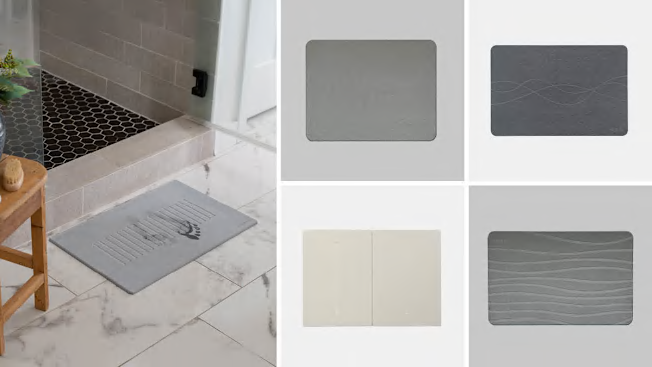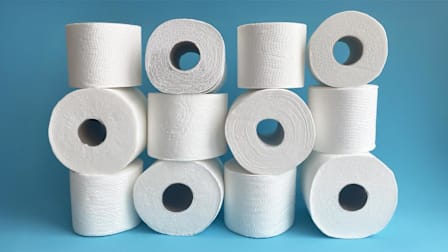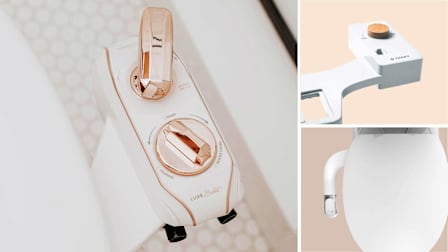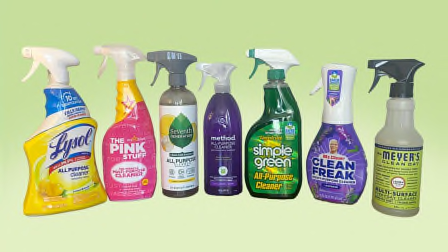Stone Bath Mats That Dry So Fast, You'll Ditch Your Regular Bathroom Rug
We tested five bath mats made of diatomaceous earth, including options from Dorai, to find out which were safest and got the job done
When you shop through retailer links on our site, we may earn affiliate commissions. 100% of the fees we collect are used to support our nonprofit mission. Learn more.

If you had told me that swapping my cozy bathroom rug for a diatomaceous earth stone bath mat was on my Bingo card for the year, I would have said, “Diato-what?”
I probably watch more HGTV and DIY Network than the average person, and I still didn’t know about the efficacy of stone bath mats until recently. Dorai, Medusa, and other companies that make these mats claim that they have lightning-fast water-wicking abilities. And stone bath mat enthusiasts claim that when you get the right one, it can change your entire post-shower routine.
- Stone Bath Mats We Tested: Dorai (Aspen) Dorai (Medium) Medusa Extra Large Slipx Solutions Sutera
- Other Deatils About Diatomaceous Earth Mats: What to Know Are Stone Bath Mats Safe? Are They Eco-Friendly? How Often Should You Clean Them? How Long Do They Last?
What to Know About Diatomaceous Earth Stone Bath Mats
Before we dig into why these four picks were so impressive, let’s get a little Bill Nye for a minute. If you’ve never heard of diatomaceous earth stone bath mats, you’re not alone. According to K. Turner Temple, a hospitality design consultant in New York City, they’re “not super common in the interior design space” even though designers have been using similar materials in bathrooms for a while.
Diatomaceous earth is made from the fossil remains of microscopic algae (diatoms) and is known for its ability to absorb oil and moisture. Stone bath mats made from diatomaceous earth are compressed slabs (often resembling a large cutting board) of this powdery material with millions of pores that soak up water and keep the surface dry. They tend to last longer than fabric mats, so you don’t have to replace them as often. If they’re manufactured and used responsibly, they should last for a few years, Temple says. Before purchasing one, make sure it’s made of food-grade or cosmetic-grade diatomaceous earth (more on this later). The big drawback? They can crack if mishandled or dropped, so be sure to use caution when moving or cleaning them.






























